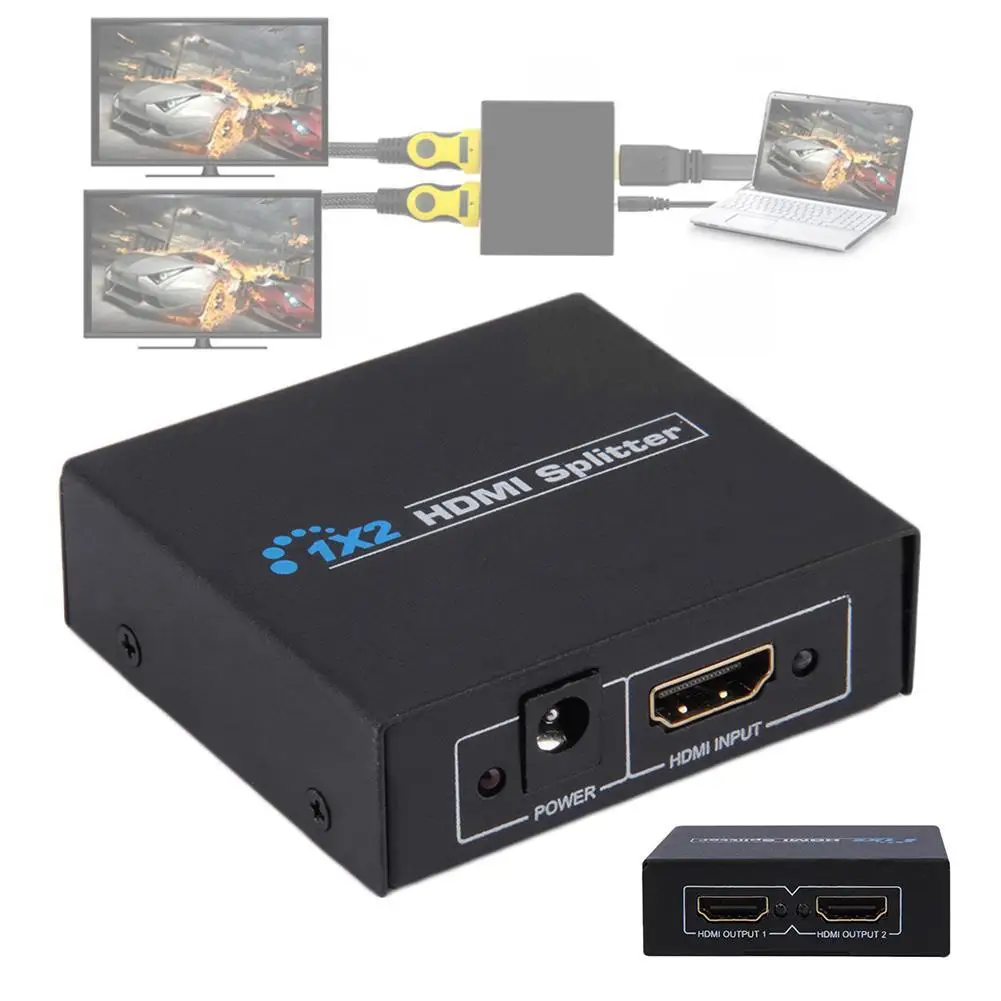
The top-left cell of the matrix, labeled master and accompanied by a vertical slider control, is the master output level of the entire cue. The top-most cell of each column, which is accompanied by a vertical slider control, is the level control for that cue output. The left-most cell of each row, labeled inputs, is the level control for that input. The columns represent cue outputs, which are like busses on a mixer.

In QLab, every cue that can deal with audio (that’s the Audio cue, the Mic cue, the Video cue, and the Fade cue) has its own matrix mixer in which the rows represent either channels in the audio file, channels of audio embedded in a video file, or live inputs on an audio device. There are no “main” outputs, no fixed-send busses, and no limitations on which inputs can go to which outputs. What makes it a matrix mixer is that every input can route into every output with just such a volume knob. If you imagine that each crosspoint is actually a volume knob which allows you to set the level of the input as it flows into the output, like an auxiliary send knob, then what you have is a matrix mixer. The point at which each row intersects with each column is referred to as a crosspoint. The rows represent inputs to the mixer, and the columns represent outputs from the mixer. Cable plugged into an audio console, amplifier, or powered speaker.Ī matrix mixer is made up of inputs and outputs, just like any mixer, that can be thought of as a grid of rows and columns.In its simplest form, therefore, audio in QLab traces the following path: The second mixer is unique to each audio device patched in your workspace, and it serves to route the output of the cues’ individual mixers to the actual physical audio device.

The first mixer is unique to each cue, and can be found in the Audio Levels tab of the inspector for Audio and Mic cues, or in the Audio Levels tab of the inspector for Video cues. From there, audio in QLab is routed using two matrix mixers.

Audio in QLab can originate from an audio file, the audio track within a video file, or a live input on an audio device connected to your Mac.


 0 kommentar(er)
0 kommentar(er)
